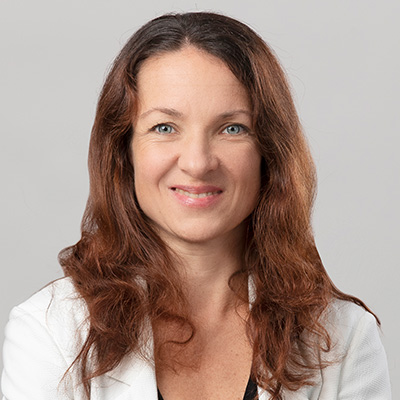- Nearly Twice as Many Federal Ministers with Industry Backgrounds
- Share of Women in Government Drops by Around Twelve Percentage Points
- More Legal and Humanities Degrees Among Cabinet Members
Germany’s new conservative coalition government shows a marked increase in private sector experience among its top officials – accompanied by a notable decline in female representation. Under Chancellor Friedrich Merz, 79.2% of federal ministers have prior experience in the private sector, compared to just 45.8% under former Chancellor Olaf Scholz. The gender balance has shifted in the opposite direction: while 46.6% of ministers and state secretaries in the previous “traffic light” coalition were women, that figure has dropped to 34.9% under the current administration. These findings are part of the study “Top Administration in Focus 2025” conducted by management consultancy Horváth.
While female representation has declined, practical experience in the private sector has significantly increased. Among ministers and state secretaries, the share of individuals with industry backgrounds rose from 45.5% under the previous government to 59.3% today – nearly doubling at the ministerial level.
“We’re seeing a clear shift toward greater economic and technical expertise in the current cabinet, with more cross-sector perspectives and a stronger presence of humanities backgrounds,” says Simon Arne Manner, Partner and Public Sector Expert at Horváth.
The Merz cabinet also includes more individuals with degrees in law or STEM fields (science, technology, engineering, and mathematics). The share of law graduates rose from 28.1% to 41.9%, while STEM degrees increased slightly from 4.9% to 5.8%.
“In light of digitalization, technological competition, and the climate crisis, the modest rise in STEM qualifications is encouraging – but there’s still room for improvement,” Manner adds.
Conversely, the share of economics and political science graduates has declined. Under Scholz, 30.5% of top officials held degrees in political science; under Merz, that figure is just 19.8%. Economics degrees dropped from 20.7% to 14.0%.
East Germans Still Underrepresented
Only 7.0% of ministers and state secretaries in the Merz cabinet hail from East Germany (compared to 8% under the previous government). Given that East Germans make up 14.9% of the population, they remain significantly underrepresented. A striking 88.4% of top officials now come from western Germany (previously 84.1%). The share of East German women in the current government is particularly low at 2.3%, down from 5.7% under Scholz. West German women also saw a decline – from 36.4% to 30.2%.
Bavaria Gains Ground
In terms of regional representation, North Rhine-Westphalia remains the most prominent state, accounting for 24.4% of the current cabinet (down slightly from 25%). Bavaria, however, has seen a sharp increase, with its share rising from 6.8% to 17.4%.
Diverse Academic Backgrounds
One constant between the two administrations is the wide range of universities attended by cabinet members. Under Scholz, the Universities of Potsdam and Bonn, along with Freie Universität Berlin, each had five alumni in top government roles. Under Merz, the University of Bonn leads with eight alumni, followed by the University of Osnabrück and Ludwig Maximilian University of Munich with five each. Despite these concentrations, Germany’s political elite remains far more academically diverse than in countries like France or the UK, where top officials often graduate from a handful of elite institutions.
About the Study
The Horváth study “Top Administration in Focus 2025” analyzed the professional backgrounds of 86 federal ministers and state secretaries across Germany’s 17 federal ministries in July 2025, comparing them to the previous government.

